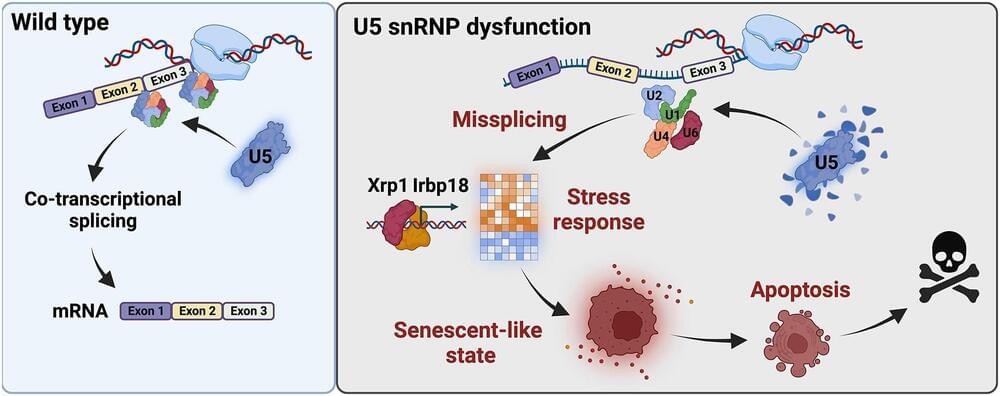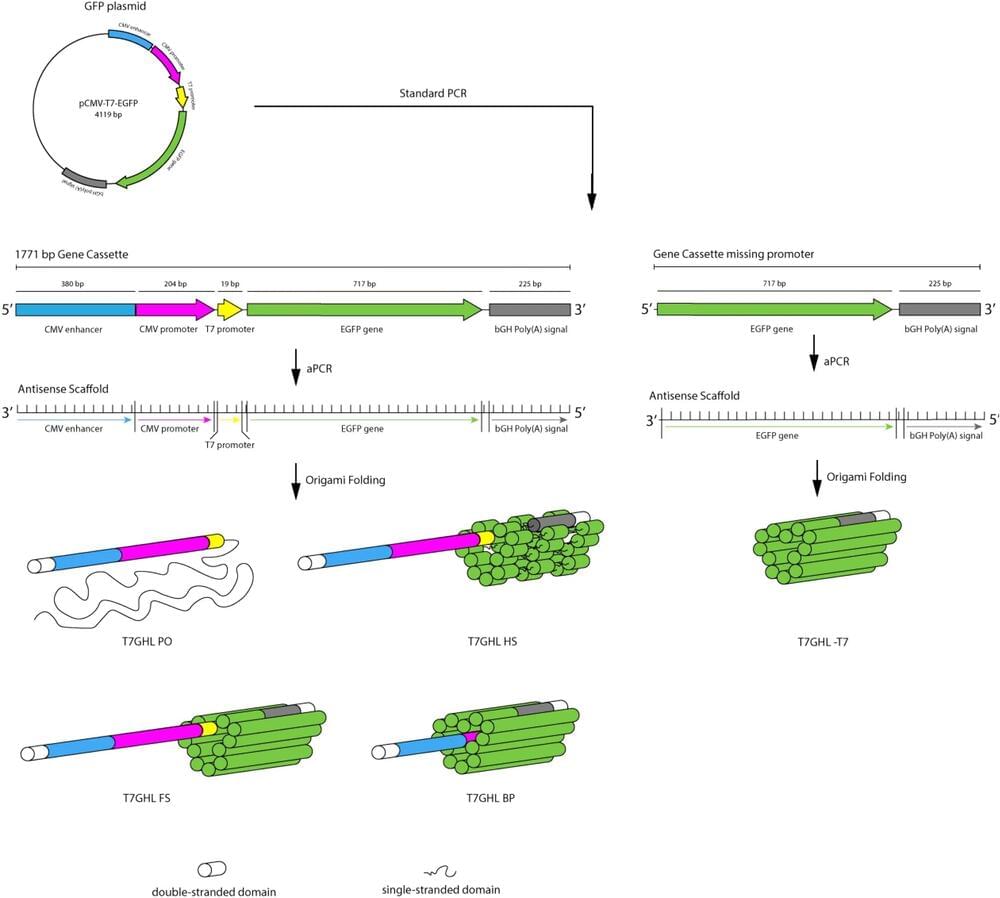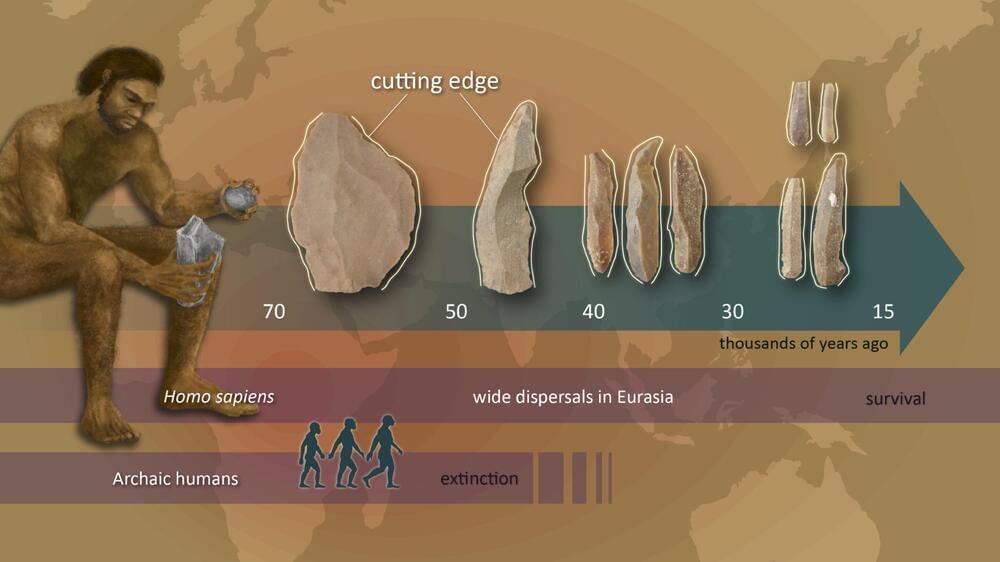NASA’s PACE mission stands for Plankton, Aerosol, Cloud and ocean Ecosystem.



Meta is promising to roll out auto-labeling for AI-generated images — as soon as it figures out how, that is.
Nick Clegg, Meta’s president of global affairs, said in a policy update that the company is currently working with “industry partners” to formulate criteria that will help identify AI content. Once those criteria are determined, Meta will begin automatically labeling posts featuring any AI-generated images, video, or audio “in the coming months.”
“This approach represents the cutting edge of what’s technically possible right now. But it’s not yet possible to identify all AI-generated content, and there are ways that people can strip out invisible markers,” Clegg wrote. “So we’re pursuing a range of options. We’re working hard to develop classifiers that can help us to automatically detect AI-generated content, even if the content lacks invisible markers.”

Launching rockets into space with atomic bombs is a crazy idea that was thankfully discarded many decades ago. But as Richard Corfield discovers, the potential of using the energy from nuclear-powered engines to drive space travel is back on NASA’s agenda.
In 1914 H G Wells published The World Set Free, a novel based on the notion that radium might one day power spaceships. Wells, who was familiar with the work of physicists such as Ernest Rutherford, knew that radium could produce heat and envisaged it being used to turn a turbine. The book might have been a work of fiction, but The World Set Free correctly foresaw the potential of what one might call “atomic spaceships”
The idea of using nuclear energy for space travel took hold in the 1950s when the public – having witnessed the horrors of Hiroshima and Nagasaki – gradually became convinced of the utility of nuclear power for peaceful purposes. Thanks to programmes such as America’s Atoms for Peace, people began to see that nuclear power could be used for energy and transport. But perhaps the most radical application lay in spaceflight.

A study at the University of Cologne’s CECAD Cluster of Excellence in Aging Research has identified a protein complex that is activated by defects in the spliceosome, the molecular scissors that process genetic information. Future research could lead to new therapeutic approaches to treat diseases caused by faulty splicing.
The genetic material, in the form of DNA, contains the information that is crucial for the correct functioning of every human and animal cell. From this information repository, RNA, an intermediate between DNA and protein, the functional unit of the cell, is generated. During this process, the genetic information must be tailored for specific cell functions. Information that is not needed (introns) is cut out of the RNA and the important components for proteins (exons) are preserved.
A team of researchers led by Professor Dr. Mirka Uhlirova at the University of Cologne’s CECAD Cluster of Excellence in Aging Research has now discovered that if the processing of this information no longer works properly, a protein complex (C/EBP heterodimer) is activated and directs the cell towards a dormant state, known as cellular senescence. The results appear under the title “Xrp1 governs the stress response program to spliceosome dysfunction” in Nucleic Acids Research.

Scientists have been making nanoparticles out of DNA strands for two decades, manipulating the bonds that maintain DNA’s double-helical shape to sculpt self-assembling structures that could someday have jaw-dropping medical applications.
The study of DNA nanoparticles, however, has focused mostly on their architecture, turning the genetic code of life into components for fabricating minuscule robots. A pair of Iowa State University researchers in the genetics, development, and cell biology department—professor Eric Henderson and recent doctoral graduate Chang-Yong Oh—hope to change that by showing nanoscale materials made of DNA can convey their built-in genetic instructions.
“So far, most people have been exploring DNA nanoparticles from an engineering perspective. Little attention has been paid to the information held in those DNA strands,” Oh said.
Researchers have created the first functional 3D-printed brain tissue that can develop and form connections in the same way as real human brain tissue.
This remarkable accomplishment by a team at the University of Wisconsin–Madison provides neuroscientists with a new tool for studying communication between brain cells and other parts of the human brain, potentially leading to better ways of treating diseases like Alzheimer’s and Parkinson’s.
“It could change the way we look at stem cell biology, neuroscience, and the pathogenesis of many neurological and psychiatric disorders,” says neuroscientist Su-Chun Zhang, senior author of a new paper describing the research.

A study led by researchers at the Nagoya University Museum in Japan may change how we understand the cultural evolution of Homo sapiens at the time of their dispersal across Eurasia about 50,000 to 40,000 years ago. These findings challenge traditional beliefs about the timing and nature of cultural transitions during this critical period in human history.


A prehistoric structure reminiscent of England’s iconic Stonehenge has been uncovered in Grand Traverse Bay, an arm of Lake Michigan on the western shore of Michigan’s Lower Peninsula.
The findings were found by Dr. Mark Holley, a distinguished professor of underwater archaeology at Northwestern Michigan University.
The picturesque waters of Grand Traverse Bay have long-held maritime history, with dozens of known shipwrecks attesting to the area’s bustling 19th and 20th-century maritime trade routes. Under its serene surface, secrets of a different kind have emerged, capturing the attention of archaeologists and historians.

THURSDAY, Feb. 1, 2024 (HealthDay News) — Drug overdoses resulting in cardiac arrest occur most often among young adults, a new study finds.
People tend to have OD-related cardiac arrests at an average age of 39, compared to an average age of 64 for those suffering cardiac arrests not related to opioids, results show.
“Many communities face ongoing challenges with increases in drug overdoses, which tend to affect a younger, healthier population,” said lead researcher Aditya Shekhar, a medical student at the Icahn School of Medicine at Mount Sinai in New York City.